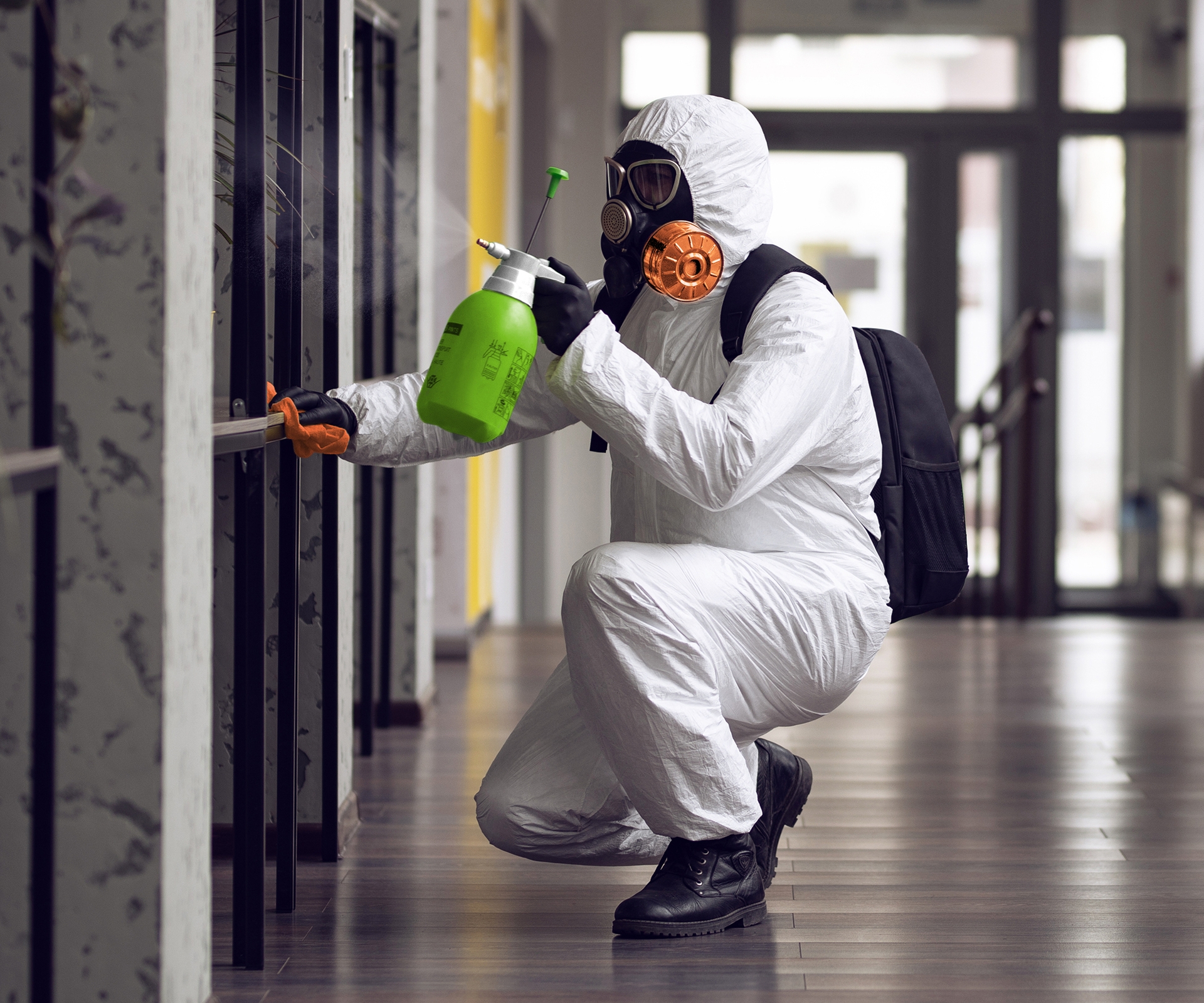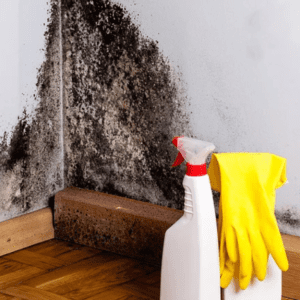Accessing Local Post Remediation Mold Testing Near Me
Wiki Article
Expert Tips for Post Mold And Mildew Remediation Success
In the world of mold and mildew removal, successfully eliminating mold and mildew is only half the battle; the true obstacle exists in avoiding its reappearance. By sticking to expert pointers and best techniques, people can safeguard their rooms against mold and mildew rebirth and maintain a healthy indoor atmosphere.
Screen Humidity Levels On A Regular Basis
Normal surveillance of moisture degrees is important in making sure the performance of blog post mold and mildew removal initiatives. After completing mold remediation treatments, keeping optimum moisture levels is important to protect against mold and mildew re-growth and ensure a healthy indoor setting. Monitoring humidity degrees enables for early detection of any type of spikes or changes that can possibly cause mold resurgence. High moisture levels over 60% create a favorable setting for mold to thrive, making routine monitoring a positive procedure to stop any future mold and mildew problems - Post Mold remediation cleaning.Furthermore, developing a regular schedule for moisture checks, particularly in high-risk locations such as restrooms, cellars, and kitchens, is an aggressive method to mold and mildew prevention. By constantly monitoring moisture levels, residential property owners can properly minimize the risk of mold and mildew reoccurrence and keep a healthy and balanced indoor atmosphere post-remediation.
Conduct Thorough Inspections Post-Remediation
Following the completion of mold remediation procedures, it is important to conduct comprehensive examinations to confirm the efficiency of the remediation process. These post-remediation examinations are vital in making certain that the mold and mildew issue has been effectively resolved which there is no reappearance or remaining mold growth. Evaluations must be executed by qualified experts who have knowledge in determining mold and mildew and examining interior air top quality.Throughout these assessments, numerous techniques such as aesthetic evaluations, air tasting, and surface area tasting might be used to extensively review the remediated locations. Aesthetic analyses include a detailed assessment of the facilities to look for any visible signs of mold and mildew growth or water damages. Air tasting helps in figuring out the airborne mold spore levels, while surface sampling can identify mold and mildew fragments on surface areas.
Implement Proper Air Flow Methods
After making sure the effectiveness of the mold and mildew removal procedure via thorough inspections, the next vital action is to concentrate on implementing proper ventilation methods. Appropriate air flow is crucial in protecting against mold reoccurrence by controlling moisture levels and promoting air circulation. To achieve this, it is recommended to use exhaust fans in areas vulnerable to high moisture, such as kitchens and restrooms. Additionally, opening home windows and doors when weather allows can help enhance air movement and lower moisture accumulation. Air dehumidifiers and purifiers are also valuable tools in preserving ideal interior air quality.
Correct air flow not only help in protecting against mold growth however likewise adds to the total health and convenience of passengers. By making sure adequate air flow throughout the property, you can lower the danger of mold regrowth and create a much healthier living environment.

Usage Mold-Resistant Materials for Fixes
To boost the lasting performance of mold and mildew removal initiatives, including mold-resistant products for repairs is important in minimizing the threat of future mold growth. Mold-resistant materials are developed to endure wetness and inhibit mold development, making them an important choice for areas prone to wetness and moisture. When repairing areas affected by mold and mildew, making use of products such as mold-resistant drywall, mold-resistant paints, and mold-resistant caulking can assist stop mold recurrence.Mold-resistant drywall is an exceptional option to typical drywall in locations like bathrooms and cellars where wetness levels are greater. When exposed to damp problems, this kind of drywall has a special layer that withstands mold and mildew growth also. In addition, utilizing mold-resistant paints containing antimicrobial agents can better inhibit mold and mildew development on ceilings and walls.
In locations where wetness prevails, such as bathrooms and kitchen areas, making use of mold-resistant caulking around sinks, tubs, and windows can aid seal out water and avoid mold and mildew from taking hold in splits and holes. By investing in these mold-resistant materials during fixings post-remediation, you can substantially reduce the chance of future mold and mildew concerns and preserve a much healthier interior atmosphere.
Maintain Cleanliness and Address Water Issues
After mold and mildew remediation, it is vital to preserve a tidy setting to stop the regrowth of mold. Leaks, water breach, or high humidity levels can produce the excellent breeding ground for mold and mildew, so it is vital to fix any type of water-related troubles instantly.To preserve sanitation, consider making use of HEPA filters in vacuums and air purifiers to catch mold and mildew spores and stop their circulation in the air. Making sure correct ventilation in areas prone to moisture buildup, such as washrooms and kitchen areas, can assist maintain moisture levels in check. By staying attentive concerning sanitation and attending to water concerns promptly, you can properly protect against mold reinfestation and preserve a healthy and balanced indoor environment.
Conclusion

In the realm of mold and mildew remediation, efficiently removing mold is just half the fight; the true challenge lies in stopping its reappearance. After finishing mold and mildew remediation procedures, maintaining optimum moisture levels is vital to protect against mold and mildew re-growth and make Post Remediation Inspection near me sure a healthy and balanced indoor atmosphere. High humidity degrees over 60% create a conducive setting for mold to flourish, making normal monitoring an aggressive procedure to avoid any future mold and mildew problems.
To enhance the lasting performance of mold removal initiatives, incorporating mold-resistant materials for repairs is crucial in minimizing the danger of future mold development. After mold removal, it is important to maintain a tidy setting to stop the regrowth of mold and mildew.
Report this wiki page